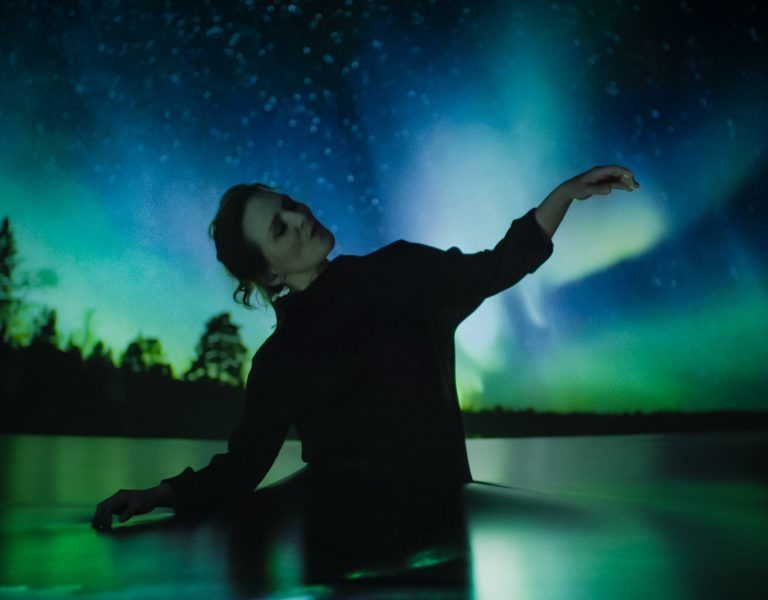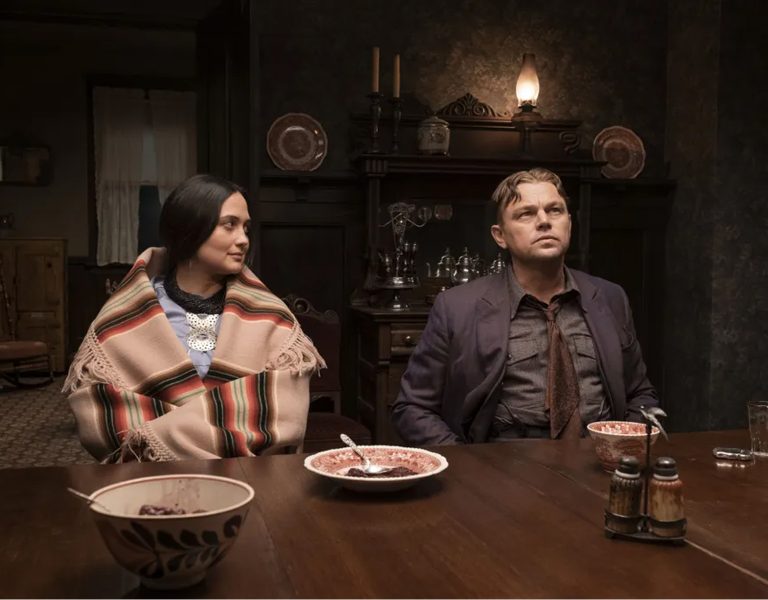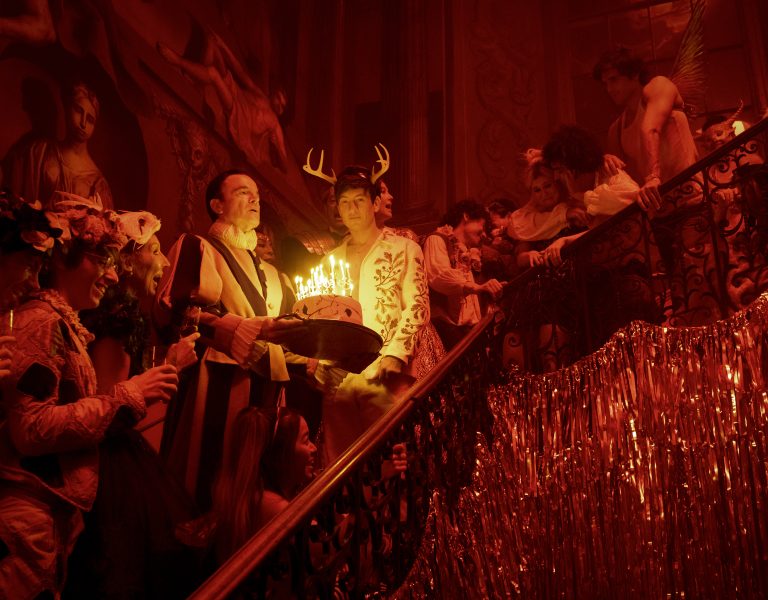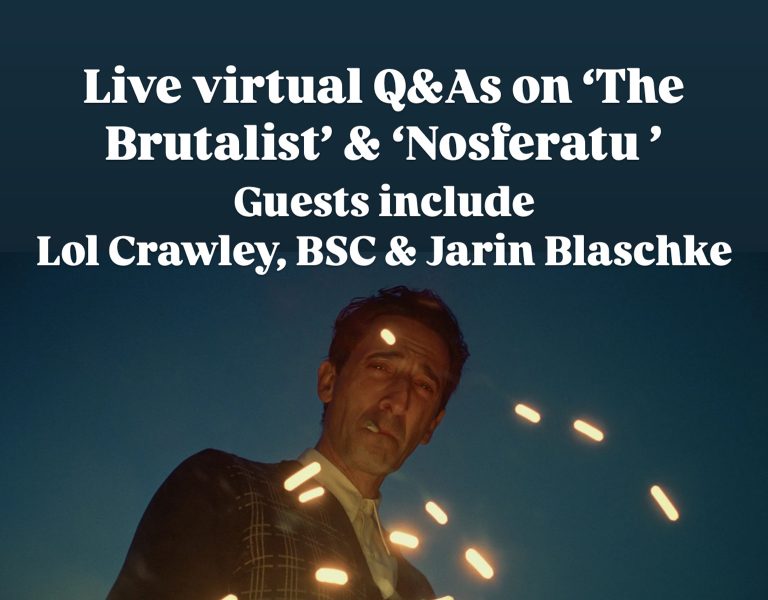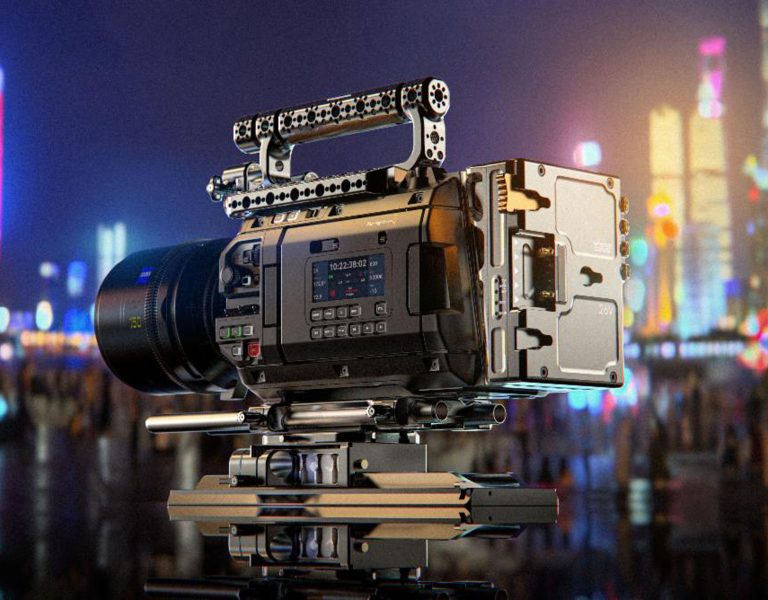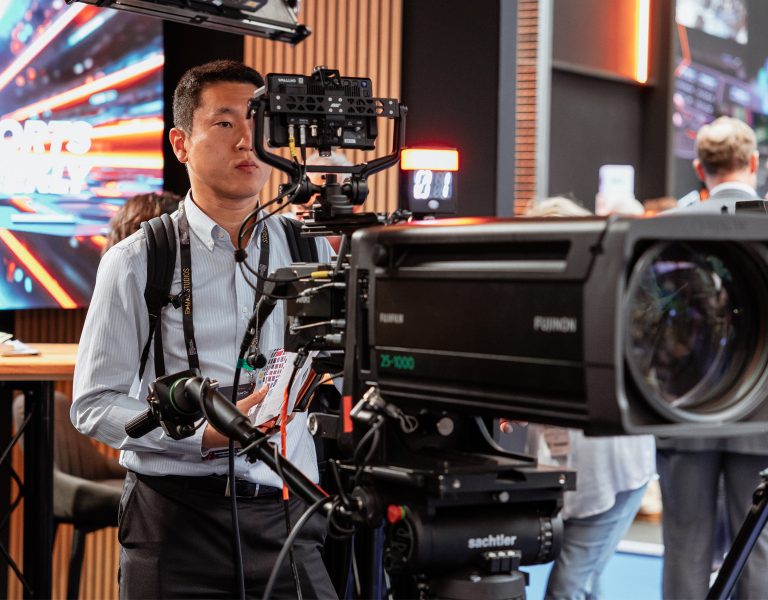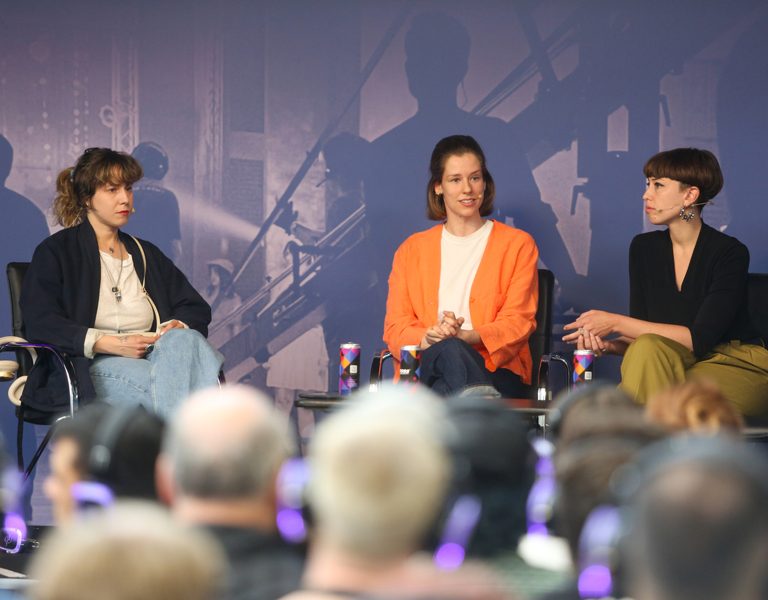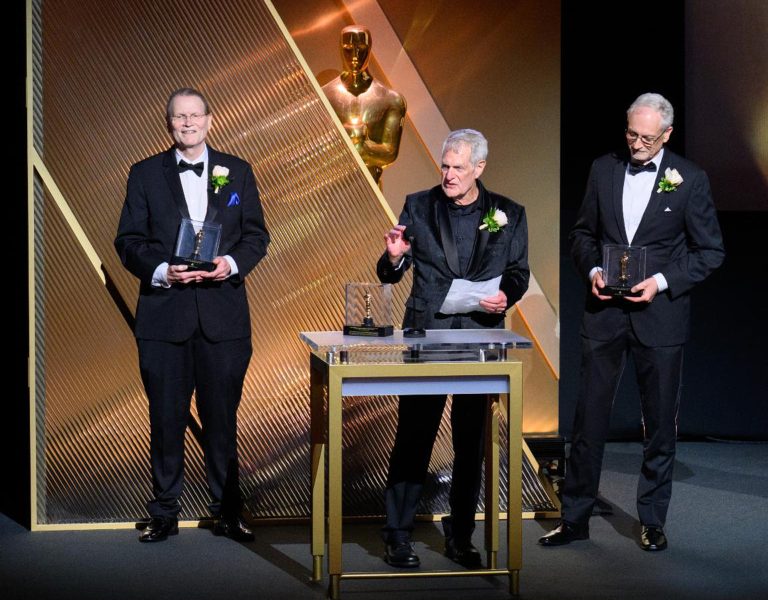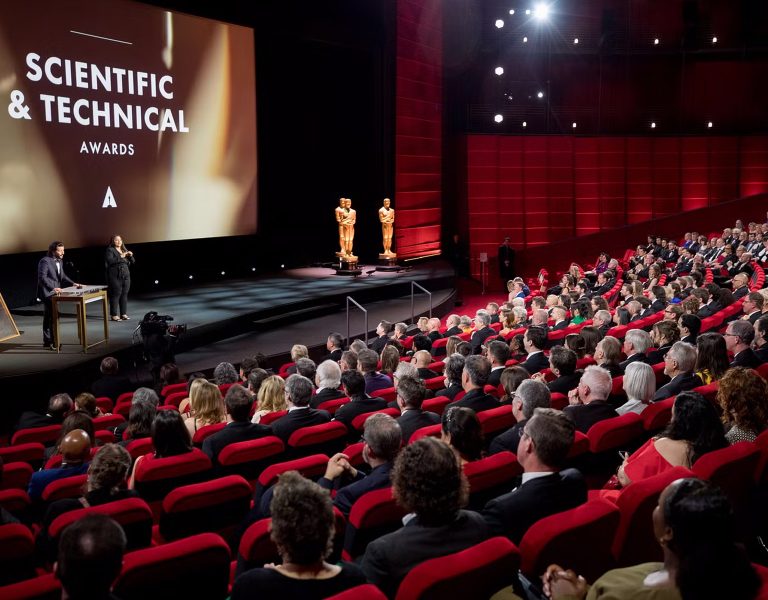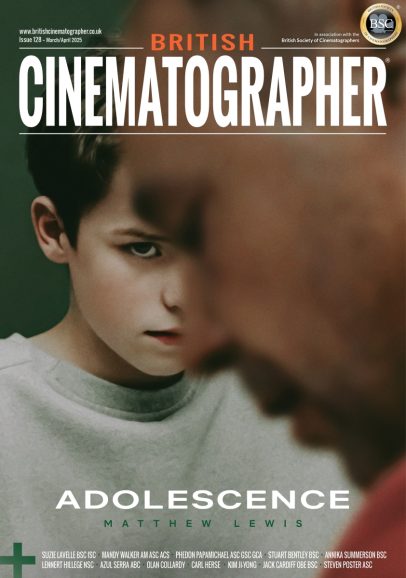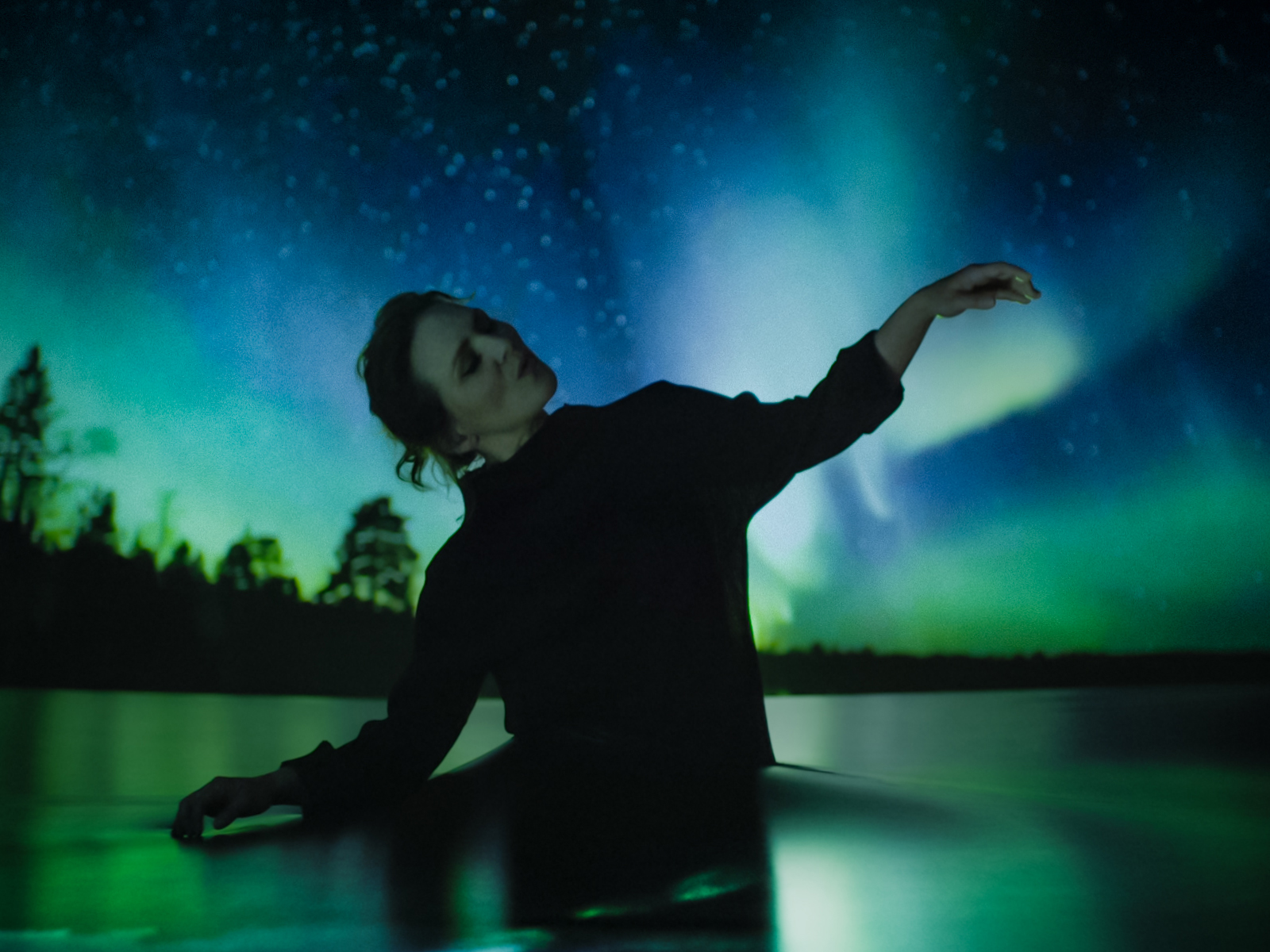
Please share a precis of the film and where the idea came from?
The Extraordinary Miss Flower brings to life the remarkable story of Geraldine Flower and the discovery of a suitcase full of passionate, heartfelt letters of love sent to her in the 60s and 70s that inspired acclaimed Icelandic singer/songwriter Emilíana Torrini to return to the studio and record an entire album of new songs. Part film, part theatre, part fever dream, The Extraordinary Miss Flower takes the form of a series of specially designed performances by Emilíana and her band, combined with dramatic scenes and readings from the letters by well-known actors and musicians. It’s a collaborative and captivating creative response, capturing the romance of a bygone era and Miss Flower’s extraordinary life – a life full of secrets and enduring friendships, of travel, adventure and love. As well as performing ten songs, Emilíana Torrini acts for the first time — alongside Caroline Catz (Delia Derbyshire: The Myths and Legendary Tapes) as ‘Miss Flower’. The film also features Richard Ayoade, Siggi Baldursson, Nick Cave, Alice Lowe, Mark Monero, Niall Murphy and Angus Sampson in supporting roles, plus the voice of Sophie Ellis-Bextor. Choreographer Kate Coyne (formally Michael Clark company) performs alongside Viva Seifert and Saeed Esmaeli. The band is Simon Byrt, Mara Carlyle, Liam Hutton, Ian Kellett and Lovisa Sigrunardottir.
Which cameras and lenses did you use and what informed that decision?
For this project we opted to shoot on Sony Venice with a set of Cooke S8 prime lenses alongside a selection of Fujinon Premista zooms. A key element for us was ensuring that we could have three cameras running throughout the shoot, as so much of the film was shot “as live”. The stage was in Bristol and we wanted to work with local crew wherever possible, which meant a team we weren’t all familiar with. Going with the Venice gave us the confidence that the kit would be familiar to everyone and we could get up and running very quickly. Our cinematographer, Erik Wilson, often favours the Cooke lenses, and they were perfect for this shoot, given the number of low-light set ups. The classic Cooke look also served the narrative well, adding to the surrealist and dreamlike qualities of the storytelling. Having the zooms on hand was important as our three operators needed to be able to cross-shoot and be responsive to the unscripted nature of many of the scenes and our limited time and budget. Each operator wears an earpiece, so that we are able to give them feedback and instructions from the monitors.
How did you light it and which brands did you use and why?
We shot at Distillery II, a new studio between Bristol and Bath. It’s a really unique facility, a top-spec recording studio with a large live room that sounds fantastic. But it’s also fully equipped for live performances, production rehearsals and filming. So, to keep things simple and to help manage the modest budget we opted to work mostly with the show lighting that was already on site. This was complemented with film lighting, but most of what you see is stage lighting, operated live. Although an honorary mention must go to the trusty Dedo kit. Never leave home without one!
What was the biggest challenge you faced and how did you overcome it?
Perhaps unsurprisingly our biggest challenge was time, or lack of it. Not unusual of course, but we had a very short shooting time for this one — just two days in the studio in Bristol and then a couple of pick up shoots with the letter readers. We just about had enough time to shoot, mostly thanks to our amazing 1st AD Simon Rooke, but more rehearsal time would’ve been great with the cast and crew. Nothing was going to completely overcome this, but a full technical run-through the day before was essential. That flushed out lots of little problems that meant time wasn’t wasted on the day. Our style of directing is very much to plan meticulously but then to be open and flexible to whatever comes your way. If that means dropping a scene or changing a set-up, so be it.
What was the biggest learning curve?
Every project is a learning curve, that’s part of what keeps filmmaking exciting for us. This experience really sharpened our skills in quick decision making.
Where can viewers see the film?
The BFI will release The Extraordinary Miss Flower in cinemas in the UK and Ireland on 9 May. In the run up to that there’s a number of preview screenings with Q&A’s around the country. The latest dates, details and ticket links are all on https://www.bfi.org.uk/bfi-film-releases/ extraordinary-miss-flower
